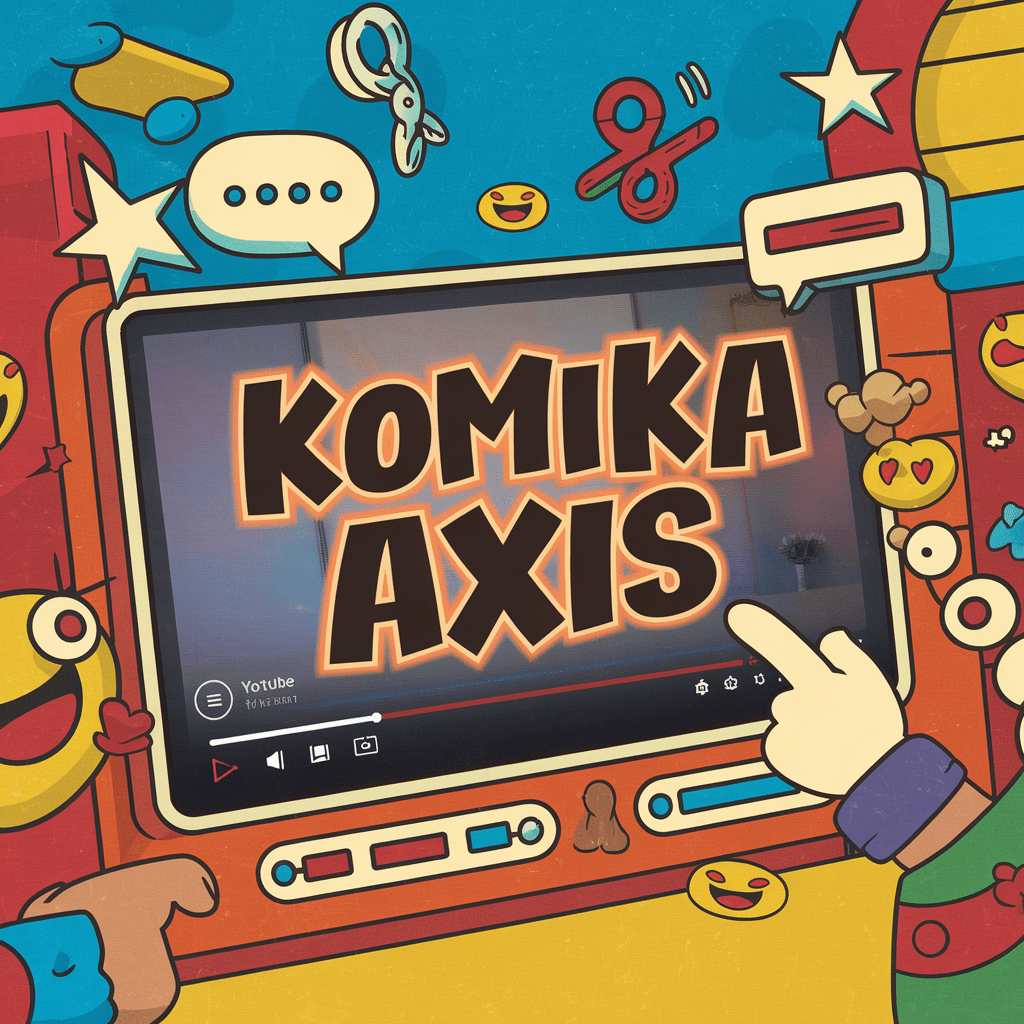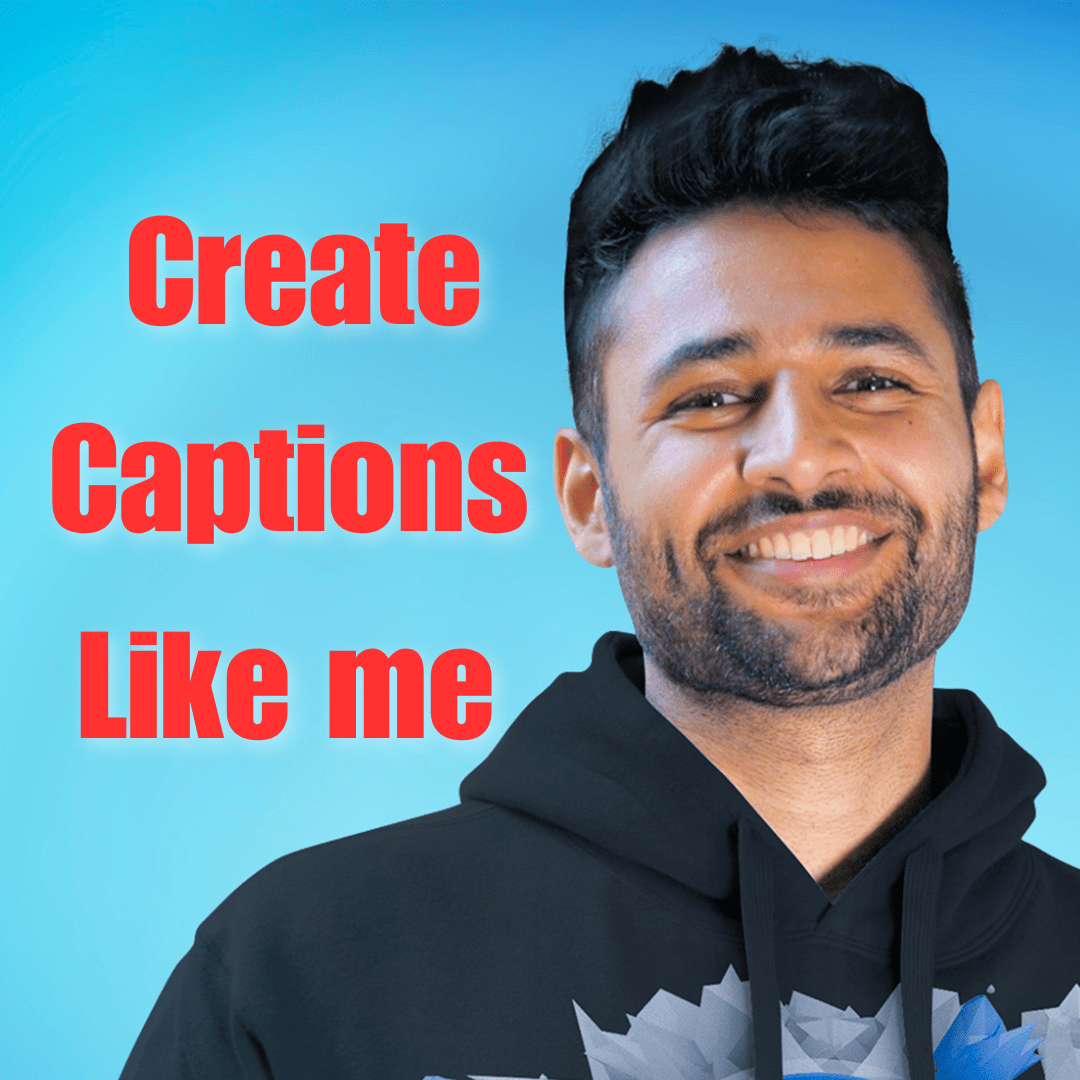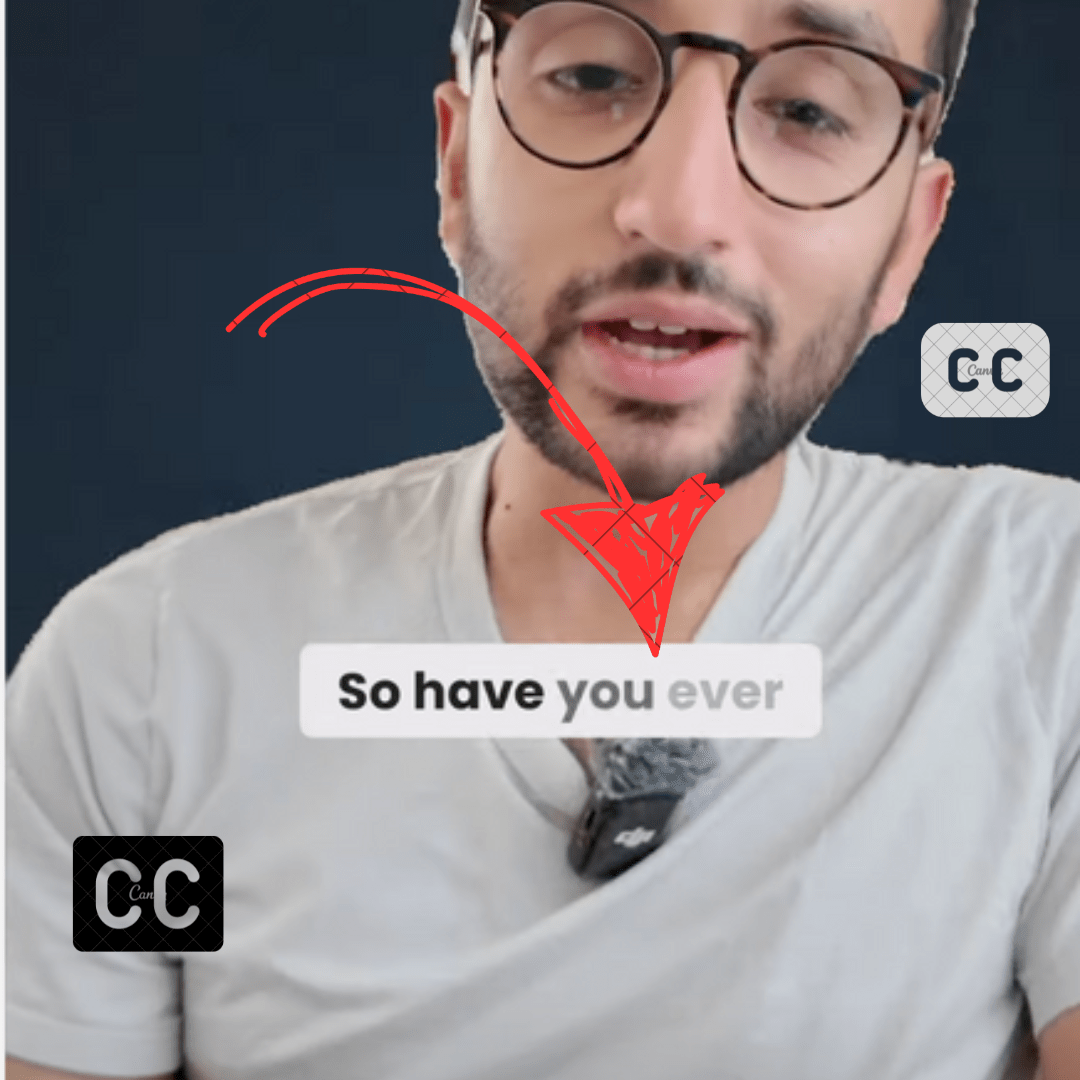Subtitles were first seen in 1907. Today subtitles are no longer a luxury it is a necessity.
Both open caption and closed caption are types of subtitles. In this blog post, you will learn everything about open captions and closed captions.
open caption is a type of subtitle that is “burned” onto the video, meaning they are a permanent part of the video and can’t be turned off by the viewer. Social media videos where subtitles are burned over videos are examples of open captions.
A closed caption is a type of subtitle that are optional meaning the user can turn them on and off. YouTube and Netflix use closed caption on their platform.
Open Caption
Open captions are subtitles of video that can’t be turned off. You have seen many videos on social media where subtitles are part of the video. There is no option of turning them off. Here is an example of an open caption video.
![Open Caption Vs Closed Caption In [year] 1 Open Caption](https://listenmonster.com/blog/wp-content/uploads/2023/10/Open-Caption.jpg)
In a recent study, it was found that 38% of users keep subtitles on in their native language. However, that does not mean you should always use open captions for your videos.
In the same study, it was found that 34% never watch TV with subtitles on.
Open Captions Common uses
- Movies: Open captions are frequently used in movies, especially when there is a switch in the language being spoken. They provide translations or transcriptions that are visible to all viewers without the option to turn them off.
- Social Media Videos: On social media platforms, auto-playing videos often play without sound, making open captions a useful tool to convey the video’s message to viewers even when the sound is off.
- Theatrical Performances: In the theatre, open captions are typically displayed on screens on either side of the stage, allowing the audience to follow along with the dialogue in real time. This has been a common practice, especially in opera performances for many years.
- Live Performances: Similar to theatrical performances, other live performances like concerts or live broadcasts may use open captions to ensure the content is accessible to everyone, including those who are deaf or hard of hearing.
Advantages
- Make your content engaging: Closed Caption makes your content engaging. In the study mentioned above it was found that enhanced comprehension is the main reason why people use subtitles. 19% of people keep subtitles on due to hearing difficulties.
- No Need of Advanced Technology: Open caption doesn’t need advanced tech like closed captions where viewers can turn them on and off. It is simple generate subtitles and burn over your video.
Disadvantages
- Distracting: In the same study, it was found that the number one reason to not use subtitles is that they are distracting.
- May cover important visual content: Since subtitles are burned over video sometimes it may cover important visual content.
Closed Caption
Closed Captions (CC) are a type of subtitle used to provide a textual representation of the audio in a video.
![Open Caption Vs Closed Caption In [year] 2 Closed Caption](https://listenmonster.com/blog/wp-content/uploads/2023/10/closed-caption-1024x581.png)
Unlike open captions, closed captions can be toggled on or off by the viewer, making them a flexible accessibility feature for those who need or prefer to read along with the audio.
Closed Caption Common Uses
- Television Broadcasting: On television, closed captions display the audio portion of a program as text on the screen, facilitating access to news, entertainment, and other information. The FCC mandates the use of closed captions by video programming distributors to ensure accessibility for individuals who are deaf or hard of hearing.
- Online Videos: In online platforms like YouTube and streaming services like Netflix, closed captions can be toggled on or off based on viewer preference, aiding comprehension, especially in noisy environments or for viewers who may not have access to audio.
- Educational Settings: Around 90% of students find closed captions at least moderately helpful for learning. They can aid in comprehension, accuracy, engagement, and retention, especially in higher education where they assist not only students with disabilities but all learners.
- International Communication: Closed captions can be particularly helpful in global business settings or educational programs with international students, where they can facilitate understanding when the content is offered in the viewer’s native language.
- SEO and Engagement: Closed captions allow search engines to index video content for SEO, and they have been found to improve average watch time on videos, engaging the audience more effectively5.
- Legal Compliance: Laws like the Americans with Disabilities Act (ADA) mandate the use of closed captions to ensure people with disabilities are not denied services or excluded from activities, thus promoting inclusivity.
Advantages
Search Engine Optimization (SEO): The text from closed captions allows search engines to better index video content, thus improving the SEO ranking of the content and driving more traffic to it.
Multilingual Support: Closed captions can be provided in multiple languages, catering to a diverse audience and making content more globally accessible.
Viewer Flexibility: Viewers have the flexibility to turn the captions on or off based on their preferences or needs, allowing for a more personalized viewing experience.
Disadvantages
- Technical Requirements: Closed captions require technical support both in the creation and viewing stages. Viewers need devices and platforms that support closed captioning, and creators need the necessary tools and knowledge to generate accurate captions.
- Cost and Time: Creating accurate and well-timed closed captions can be time-consuming and costly, especially for longer or more complex videos.
- Accuracy and Quality: The accuracy and quality of closed captions can vary significantly, especially if they are auto-generated. Incorrect captions can mislead viewers or create confusion.
Final Words
The utilization of either closed captions or open captions largely depends on the intended audience, the content being presented, and the platform on which it’s being shared.
While closed captions are more common and often required by law in many broadcasting and educational scenarios, open captions find their relevance in social media, certain live events, and situations where viewer control over captions is not necessary.






